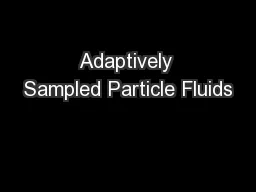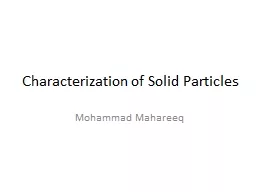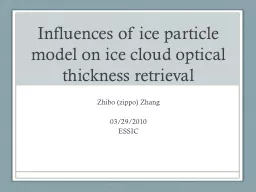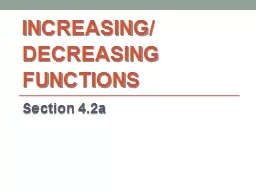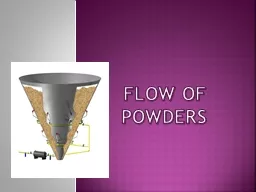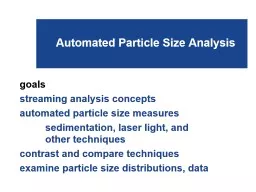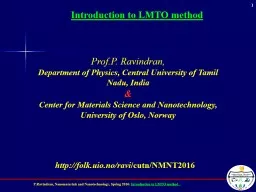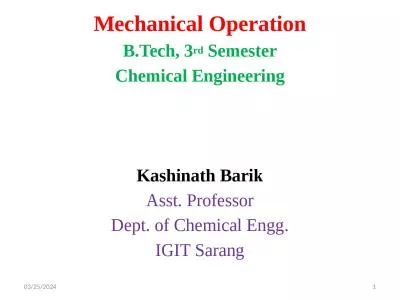PPT-Particle Size Increasing in
Author : laxreffa | Published Date : 2020-07-02
Crush Leach Operations Manuel Aragón Jose Luis Alvis Contents Objectives Show the whole process for increasing the particle size in Pad 4B to improve the
Presentation Embed Code
Download Presentation
Download Presentation The PPT/PDF document "Particle Size Increasing in" is the property of its rightful owner. Permission is granted to download and print the materials on this website for personal, non-commercial use only, and to display it on your personal computer provided you do not modify the materials and that you retain all copyright notices contained in the materials. By downloading content from our website, you accept the terms of this agreement.
Particle Size Increasing in: Transcript
Download Rules Of Document
"Particle Size Increasing in"The content belongs to its owner. You may download and print it for personal use, without modification, and keep all copyright notices. By downloading, you agree to these terms.
Related Documents


